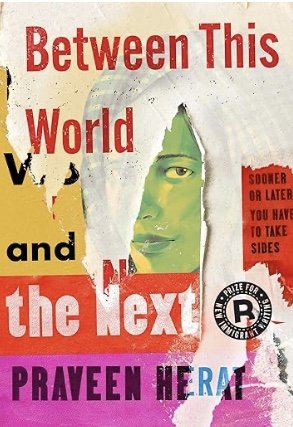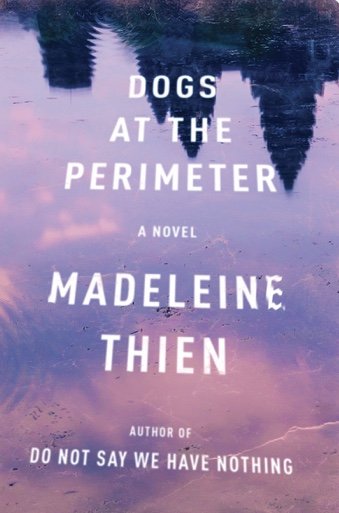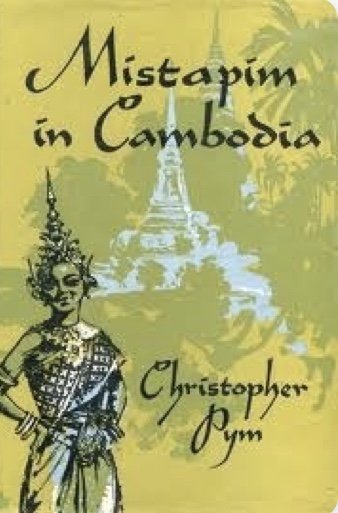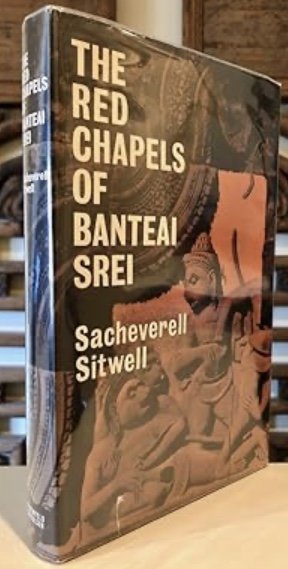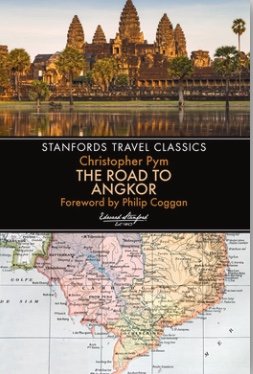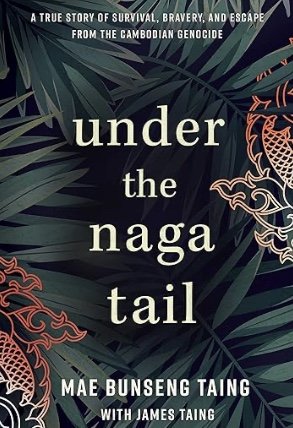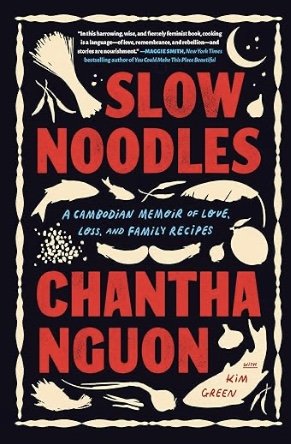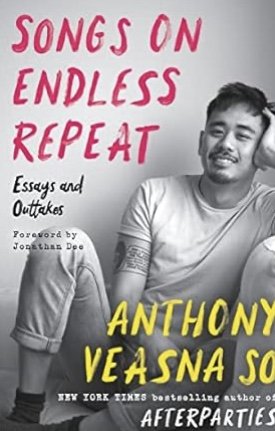Landbridge: life in fragments by Y-Dang Troeng (Duke University Press)
Y-Dang Troeng was born in the safety of a refugee camp, to parents who had made the perilous journey over the Thai border to escape from the Samay-a-Pot, the Pol Pot Time. With their daughter’s birth coming a month after they had arrived in the camp called Khao-I-Dang, they gave their baby that name. This meant that Y-Dang carried a story before she could talk, which she finds is both a burden and a gift.
Eleven months later her parents were given asylum in Canada and Y-Dang grew up surrounded by “Alice Munro country,” in the shadow of a writer who brought grim stories under an unsparing light. But when Y-Dang is old enough to tell her own story and that of her parents who had lived under “the ruination of wartime,” she finds other people have told it already. Many of these people have researched it, studied it, and given it an academic cast. But they didn’t live it.
Those who have lived it write about their history in a particular form, in memoir that tears at the heart and carries a narrative. When Y-Dang, who is herself an academic, an Associate Professor of English Language and Literature at the University of British Columbia, finds that her voice demands a different form of expression, her writing is rejected.
When she tells her own story, “theory, fiction, autobiography blur through allusive fragments.” When she attends an international conference on genocide studies in Phnom Penh, she listens to Western intellectuals explain “Cambodia’s history to me and to other Cambodians.” When she goes to the trial of Cambodian war criminals and hears the verdict that states the Khmer Rouge leaders are “guilty of crimes against humanity and genocide,’ she wonders if the Americans who sent bombers to her country will ever be brought to justice. When she hears a Westerner discuss “who gets to decide who gets to be a victim,” as the speaker stands before the faces of three girls who died in the Khmer Rouge prison of Tuol Sleng, girls whose faces have been photocopied from the photographic record of those who died in that place, she’s sickened that these faces are being used as “background wallpaper for this woman’s presentation.” When she and her mother go to Tuol Sleng, her mother finds her brother’s picture hanging on the wall, taken before his death, by a Khmer Rouge photographer who was given the job of documenting who the prisoners were.
Her parents and others who came to Canada were also photographed as they got off the plane, “smiling in the blistering cold.” They had to smile. They were being met by beaming politicians who welcomed them without ever acknowledging what the Cambodians had lost in their decision to leave their own country. They were people who smiled in spite of baksbat, broken courage or broken form, their smiles made possible by kamleang chet, the strength of the heart.
When Y-Dang approaches their histories and their lives as refugees, the pain of it forces her to write it in fragments. When her own story becomes consumed by her cancer diagnosis, she charts it through letters to her young son. She refuses “to be silenced, letting other people tell {her} story.” She wonders “if I would ever find the level of stability of body and mind required to write my family’s own story?” She reflects on the word “asylum,” “a word that evokes “comfort as much as it does madness,” “a sanctuary for the displaced and a ward for the mentally ill.” It is, she says, the “one English word that I rely upon to understand my family’s history…It is so precise.”
Precision is what governs Landbridge, in its short and brilliant essays that were written in haste but with extreme care. The book is Y-Dang’s legacy. Diagnosed with cancer in 2021, she died in 2022. Landbridge was published in 2023.
Y-Dang Troeng was unable to hold her own story in her hands but she triumphed. She told it in her own way, on her own terms.~Janet Brown


